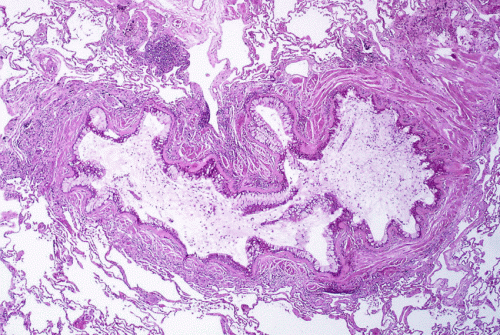Cell therapy approach could lead to novel treatments for asthma

The incidence of asthma is increasing steadily, especially in developed countries. One of the reasons given for this rise is excessive levels of hygiene. Epidemiological studies have, indeed, shown that exposure to a so-called "non-hygienic" environment, rich in microbes, plays a protective role against the development of allergies, including asthma. Conversely, an excessively hygienic environment predisposes children to asthma, although the reasons are not known. In allergic reactions such as asthma, the immune system does not function properly and overreacts to harmful allergens present in the environment (pollens, mites, etc.).
In an article published in Immunity, researchers at the University of Liège show that exposure to bacterial DNA (one of the microbial compounds) drastically amplifies a population of pulmonary macrophages and makes them strongly immunosuppressive, which prevents and treats asthma in mice. This discovery offers promising prospects for the development of a cell therapy based on the administration of these regulatory macrophages to asthmatic patients.
Led by Professor Fabrice Bureau (Ordinary Professorand Welbio Investigator - Walloon Excellence in Life Sciences and Biotechnology) and Dr. Thomas Marichal (Research Associate of the F.R.S.-FNRS), both researchers at the GIGA-University of Liège, the scientific team has discovered how a non-hygienic environment, rich in bacterial DNA, helps to protect against asthma. Notably, synthetic compounds mimicking bacterial DNA have been tested in other studies in humans for their therapeutic effect in the treatment of asthma, but until now, none of these compounds have been approved on the market. This may be due to their toxicity or the lack of basic knowledge about their mechanisms of action. Now, the mechanisms of action have been identified, and this study could allow a cell therapy approach that would avoid the use of potentially toxic compounds.
In this study in mice, researchers first looked at how exposure to microbial compounds (such as bacterial wall components, or their own DNA), or whole microbes modifies the immune environment of the lung. They found that bacterial DNA, unlike the other compounds, was able to strongly amplify a population of so-called interstitial macrophages, and that this expansion persisted for several months in the individual.
Surprisingly, if these same macrophages were isolated from a mouse and re-injected into the lungs of a naive recipient mouse, the individual was not capable of developing asthma against house dust mite extracts. Similarly, if these macrophages were transferred to an asthmatic mouse, the asthmatic mouse was cured and no more symptoms of asthma were present. Based on these results, the researchers now envision developing macrophages with similar properties in vitro from monocytes, a white blood cell type found in human blood.
"If it is possible to create a suppressive macrophage from blood monocytes of asthmatic patients, it is quite conceivable to reinject these macrophages into the lungs of these same patients during routine bronchoscopy procedures performed by pneumologists here at the CHU Liège, and to evaluate the therapeutic potential of these cells," concludes Prof. Fabrice Bureau.
More information: "Bacterial CpG-DNA protects against asthma by expanding lung interstitial regulatory macrophages from local and splenic reservoir monocytes." Immunity, 2017.















